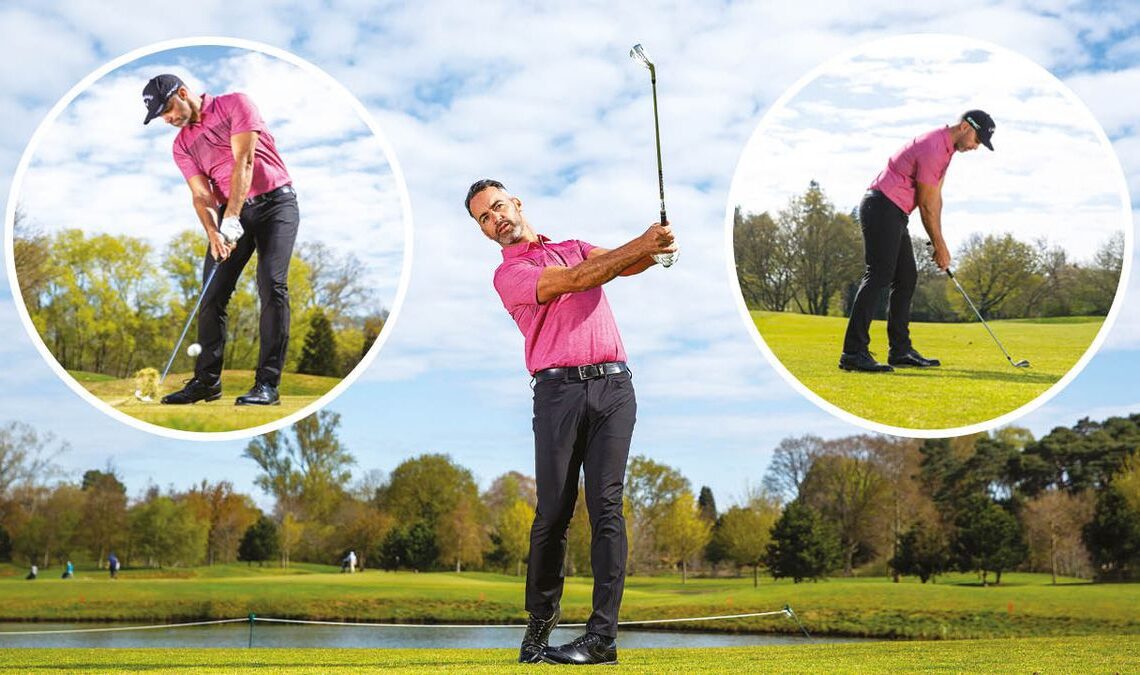Good iron play is absolutely essential when it comes to shooting lower scores. Put simply, the better you are with your approach shots, the more birdie chances you’ll have and the fewer times you’ll need to scramble to save par.
A technique that produces quality iron shots will also make it much easier to hit good shots in all other areas through your bag, and will help to avoid those dreaded pushed or pulled iron shots that can damage your scorecard.
In this article, Golf Monthly Top 50 Coach Zane Scotland shares his favourite tips and drills to help you improve the quality and consistency of your ball-striking and make better strategic decisions, so you can take your iron play to the next level.
1. Ball Position
You should reference the ball position from your lead shoulder, because directly below that is where the low point of your golf swing is going to be. That low point should always be just after the ball. A significant number of people use the feet as a reference, but that can be inaccurate in relation to your swing arc. The ball can be three or four inches prior to the low point directly under your armpit for your short and mid-irons, and a touch further forward than that for your longer irons and hybrids.
You can learn a lot from your divot. If your ball position is correct, it should start just after the ball and square to your target. If your divot is pointing noticeably to the left, that shows your swing path is very out-to-in; if it’s pointing to the right, you’re likely swinging too far in-to-out (the reverse for a left-hander).
(Image credit: Future)
2. Efficient Impact
This is a great drill to improve your impact position. Start small by hitting half shots with a 7-iron and with an amount of power that enables you to stop the club as quickly as possible after impact. As you get better at this, you can step up the pace to the point where you should be able to swing at full power and stop just after impact. This helps you rotate and move the low point of your swing further forward, so you can hit ball then turf and deliver pure, controlled strikes.
I call this the 90/90/90 drill because you want to finish with knees, hips and chest all facing the target – a 90° turn from where they were at address. This encourages the correct sequencing and movements through impact.
..
Click Here to Read the Full Original Article at Golf Monthly…
